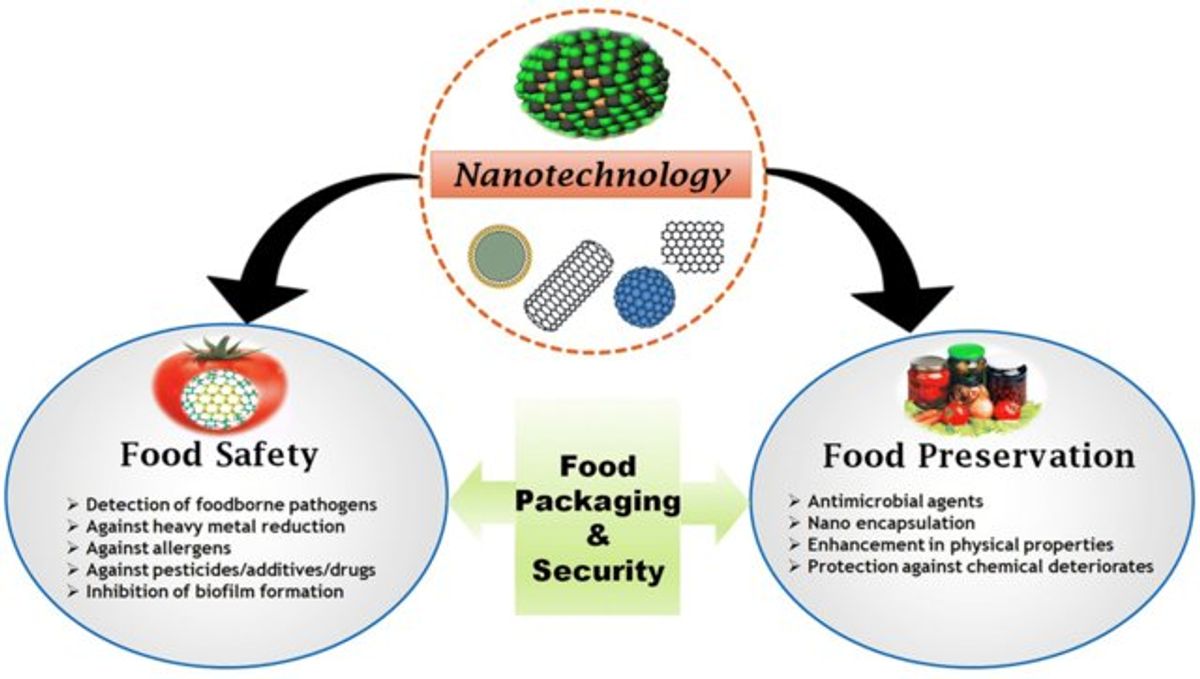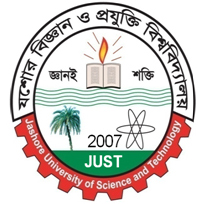
Application of biosynthesized Silver Nanoparticle in combination with different novel non-thermal techniques to enhance the safety and shelf-life of fresh fruits and vegetables
It is known that metal nanoparticles have novel magnetic, electronic and optical properties, which vary on the basis of their size, shape and composition. It has been known for long time that silver ions are highly toxic to a wide range of bacteria, and silver-based compounds have been used extensively as antibacterial agents. Silver has an advantage of having broad antimicrobial activity against Gram-negative and Gram-positive bacteria. This quality of silver has developed interest in researchers.
Nanoparticles are traditionally synthesized broadly by physical and chemical procedures. Chemically synthesized nanoparticles are not suitable for fruits and vegetables preservation due to toxic chemicals binding on their surface. Furthermore, by-products produced in chemical process are toxic for the environment. Physical methods for the synthesis of NPs have some drawbacks, too. These methods require high energy and space, and are expensive. Using biological systems such as plants, microorganisms, and animal cell cultures is an alternative procedure for preparation of NPs.
The aim of this study is to evaluate the efficacy of biosynthesized silver nanoparticles, in combination with novel non-thermal processing techniques like Electrolyzed water, ultrasound treatment, in reducing microbial load and enhancing the quality attributes, and shelf life of vegetables. The ultimate goal is to minimize postharvest losses and improve the storage stability of highly perishable produce, contributing to food security and sustainable postharvest management in Bangladesh.

